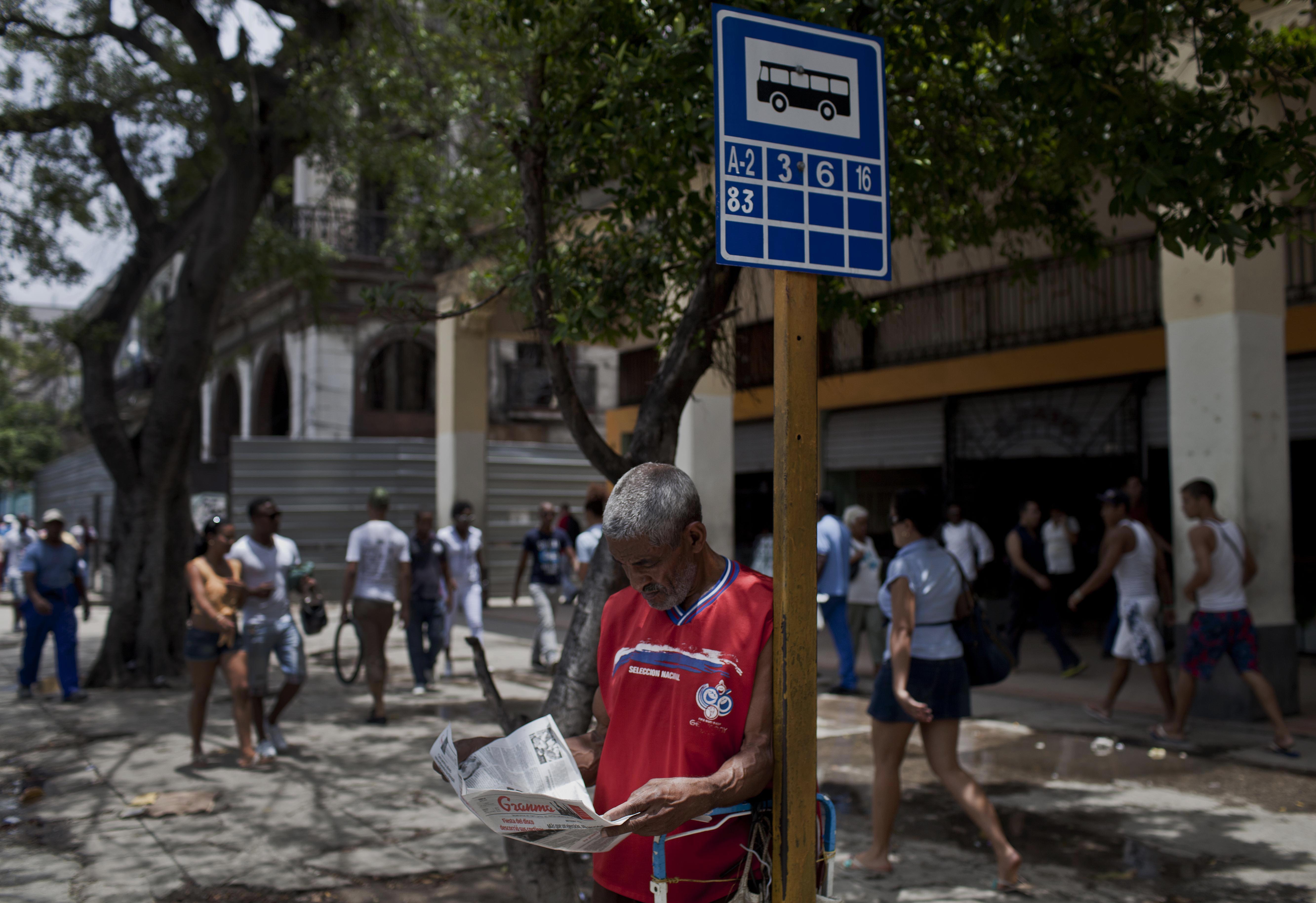In his 1975 lecture, “The Journalist, a Chronicler of His Time,” Alejo Carpentier, a writer and journalist himself, made a distinction between the perspectives and roles of these two professions that are often associated with one another. Carpentier said that the journalist “works hot off the press, with active and daily material. The novelist [on the other hand] contemplates the material from a distance, with the necessary perspective [of seeing it] as a complete event that has already finished.” To support his thesis, Carpentier analyzed the work of some of the world’s greatest writers who also, in their time, reported on events poured forth by immediate reality.
Nevertheless, in the last two decades, Carpentier’s generally valid claim has suffered a change, especially in regards to the new reality that literature (narrative literature in particular) and journalism have confronted on the island of Cuba.
In the late 1980s, during a brief effervescence in Cuban journalism (these were years when both literary and investigative journalism were cultivated in various Cuban publications), a process of unveiling of certain aspects of reality occurred in the pages of the island’s newspapers and magazines. One example, which managed to provoke controversy at the time, was the publication of the story of a young Cuban girl who had turned to prostitution. And this during an era in which it was thought that such a profession had been definitively eradicated from the national life.
However, this type of “social” journalism—along with almost all Cuban journalism—would soon confront a drastic and unprecedented crisis. After 1990, with the disintegration of the socialist systems of Eastern Europe and the subsequent collapse of the Soviet Union, paper simply stopped arriving to Cuba. As an immediate and logical consequence, virtually all of the country’s publishers were paralyzed, directly impacting both journalists and writers. Between magazines disappearing, newspapers reducing their runs and publication frequencies, and books simply not being printed, Cuban literature and journalism suffered their worst ever material crisis.
Despite the gradual recovery that began in the second half of the 1990s, a conceptual shift took place that would leave its mark on both the journalism and the literature of the time. This shift was characterized by an inversion of the responsibilities typically associated with these professions, a change with profound consequences for the future.
While still suffering from material scarcity, the official Cuban press continued to engage in the requisite political propaganda. Cuban writers, on the other hand, took advantage of the continued scarcities of the time by seeking out new channels of communication and publication that had not been available to them in the past.
One of the most notable artistic strategies of this period was that Cuban novels and short stories began to come to terms with the reality of the times, the years of the so-called “Special Period in Times of Peace.” They dedicated themselves to reflecting all the shortages, survival strategies, and social and ethical transformations of the time, taking from them the dramatic clay with which they would mold their stories. The Cuban novelist and short story writer, far from contemplating reality “from a distance, with the necessary perspective as a complete event that has already finished,” as Carpentier had proposed, preferred and in fact insisted on writing about daily life, exploring it with the immediacy of journalism, but also with an esthetic sensibility and humanity more characteristic of literature.
Phenomena and processes rarely seen before in Cuban literature became the most visible and recurring at this time. The drama of homosexuality and its repression (the short story, “The Wolf, the Forest and the New Man,” by Senel Paz was only the tip of the iceberg), the resurgence and common practice of prostitution (called ”jineterismo” or jockeying in Cuba), the phenomena of corruption and the cultural repression during the “dark days” of the 1970s, known as the “quinquenio gris” (both of which are portrayed in my novels Pasado perfecto [trans. “Havana Blue”] and Máscaras [trans. “Havana Red”]), the drama of emigration (the rafter crisis), and the spread of marginality (vividly portrayed by Pedro Juan Gutiérrez in his novels “Dirty Havana Trilogy” and “The King of Havana”) mark the character of this literature to the point of defining it, and, even with the danger of an excessive aesthetic focus on Cuba as an exceptional locale. At the same time, few of these phenomena were reflected in the official Cuban press until several years later, in the shadow of other conjunctural shifts and exigencies.
While much day-to-day Cuban history has found its reflection thanks to the literature produced over the past 20 years, it is also certain that the insistence on Cuban exceptionalism has burdened the island’s literature with too much local flair. The necessary ability to generalize (the universal should distinguish the literary) has been sacrificed on the altar of a reality that demanded to be recorded. And this was achieved through a literature that set out to be the chronicler of its time.
In recent years, even the country’s top political leaders have demanded that journalism return once again to its essential role of revealing and interpreting the country’s reality. But this is easier said than done. It is much easier to call for this change from the political pulpit than to put it into practice in a press that must also follow official policies and where it is far from easy to enact the necessary change of mentality. Cuban literature, for its part, given its diversity and aesthetic demands, continues to dedicate a good portion of its labors to observing and relating the island’s current history with more or less immediacy. This is the alluring work of chronicling a reality so singular and at the same time so paradoxically static and changing as is today’s Cuba.
Leonardo Padura is a Cuban novelist and journalist
Translated by Ted Henken



